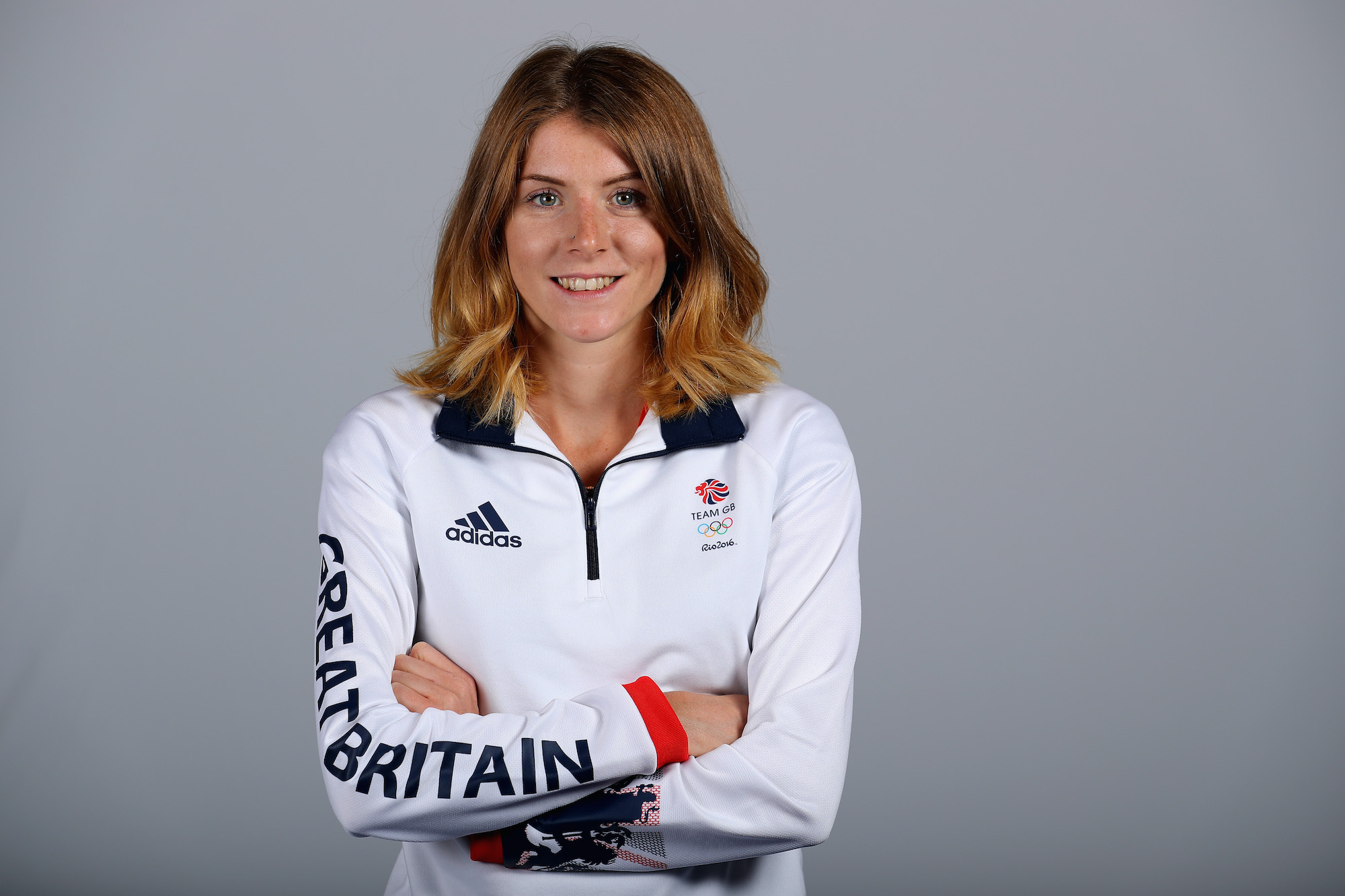“What’s a good 10km time?” Though it sounds like a simple question, it’s far from it. So we’ve enlisted the help of professional athlete and Runna coach Beth Potter to give us some answers…
Ten kilometres is one of the most popular race distances among runners.
It’s long enough for beginners to test their strength and is a good benchmark for serious runners looking ahead at longer distances.
Plus, it’s a great stepping stone for beginners to reach the next level and is the distance you’ll need to run if you’re taking part in an Olympic triathlon, so what’s not to love?
The 10km is the sweet-spot distance as it’s a race nearly anyone can train for and complete without having to sacrifice every weekend for long runs.
But what’s a good 10km time? Well, let’s first take care of some housekeeping…
What’s 10km in miles?
A mile equates to approximately 1,609m and there are 10,000m in 10km. That means that 10km is 6.2 miles.
Why a ‘good’ 10km time will be different for everyone
As you might expect, 10km finisher times will vary substantially. The time recorded by an elite runner is going to be significantly faster than the average finish time for this distance.
Reasonably fit runners are likely to finish a 10km race in around 60 minutes.
Advanced runners can compete a 10km quite a bit faster, at around 45 minutes. The typical 10km running times will change based on your fitness level.
Your 10km time will also depend on factors such as age, sex, weight, previous training and fitness level.
No two runners share exactly the same characteristics or do exactly the same training, and thus, their 10km times will probably vary.
What’s a good 10km time for professionals
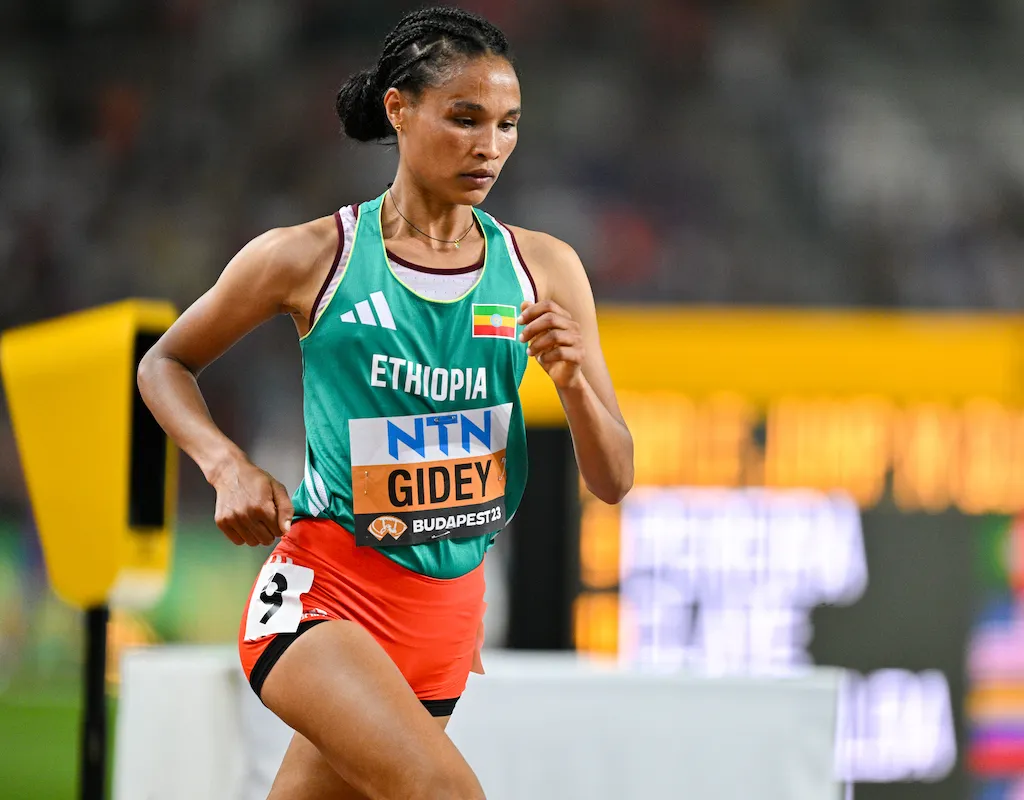
Let’s take a little bit more of a closer look at what the professionals would do.
The women’s world record for a 10km race on the track is held by Ethiopian runner Letesenbet Gidey, who ran 00:29:01.03 in 2021.
Meanwhike, Kenyan runner Agnes Ngetich recently ran a 00:29:24 on the road, breaking the previous women’s road record by over 35secs. While these times are very similar on road and track, you’ll notice that track is still quicker.
Similarly with the men, Uganda’s Joshua Cheptegei holds the record of 00:26:17.53 on the track.
Meanwhile Kenyan Rhonex Kipruto has run 00:26:24 on the road.
Why are the times quicker on track? This could be down to the race nature, the type of shoes worn, the race tactics on the track and also the prestige of winning a global medal.
In general, professional runners can finish a 10km in approximately 30 minutes.
But of course, these times probably aren’t a realistic goal for most people…
What’s a good 10km time for amateur athletes?
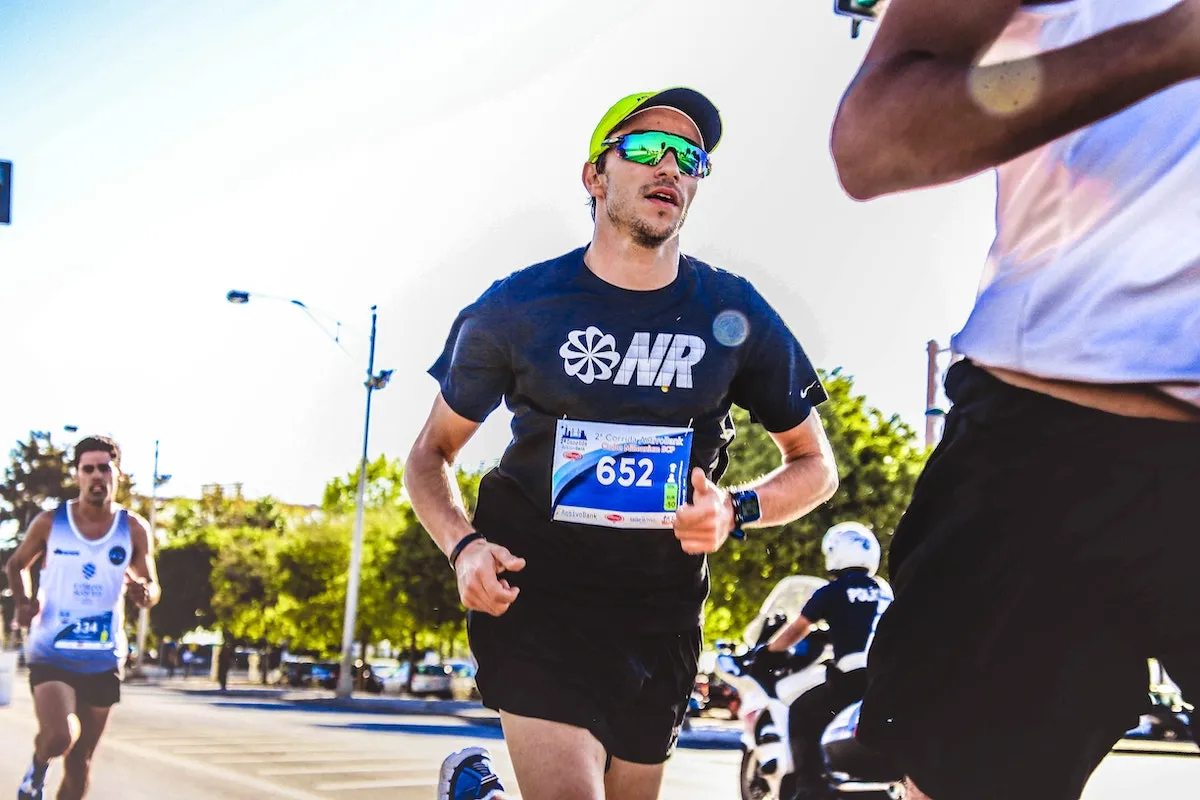
As we’ve already explored, a good 10km time for one person will be entirely unreasonable for another.
Gender, age, weight, fitness, weather… all these things come into play. So when trying to establish what a good 10km time is, we’re going to take one of the biggest 10km events in the UK – the Asics London 10k.
Over 17,500 people took part in the event in 2023, so below we’re going to look at the best 10km times for each age group.
Best men’s Asics London 10k times by age group
- 17-19: Luca Venturelli, 33:28
- 20-24: Marshall Smith, 30:49
- 25-29: Jonathan Collier, 30:17
- 30-34: Matus Hujsa, 31:35
- 35-39: Edward Chuck, 30:48
- 40-44: Christoph Neumayer, 32:49
- 45-49: Andy Bond, 33:13
- 50-54: Simon Shaw, 34:56
- 55-59: Michael Mcdonagh, 36:15
- 60-64: Paul Bassa, 40:23
- 65-69: Alun Jones, 41:21
- 70-74: Ron Cattle, 42:42
- 75-79: Brian Oxbrough, 58:38
- 80 : Edward Cade, 41:51
Best women’s Asics London 10k times by age group
- 17-19: Lucy Richards, 42:39
- 20-24: Isabella Shirley, 36:07
- 25-29: Holly Dixon, 34:36
- 30-34: Zofia Nanova, 34:23
- 35-39: Lizzie Dimond, 37:21
- 40-44: Katy Woodward, 37:47
- 45-49: April James-Welsh, 39:26
- 50-54: Tanya Laing, 39:44
- 55-59: Anna Critchlow, 40:00
- 60-64: Nighat Hasnain, 44:24
- 65-69: Christine Kennedy, 43:07
- 70-74: Pauline Amblin, 54:33
- 75-79: Penelope Hedley Lewis, 1:13:00
- 80 : Hilary Bradt, 1:28:42
Average 10km times
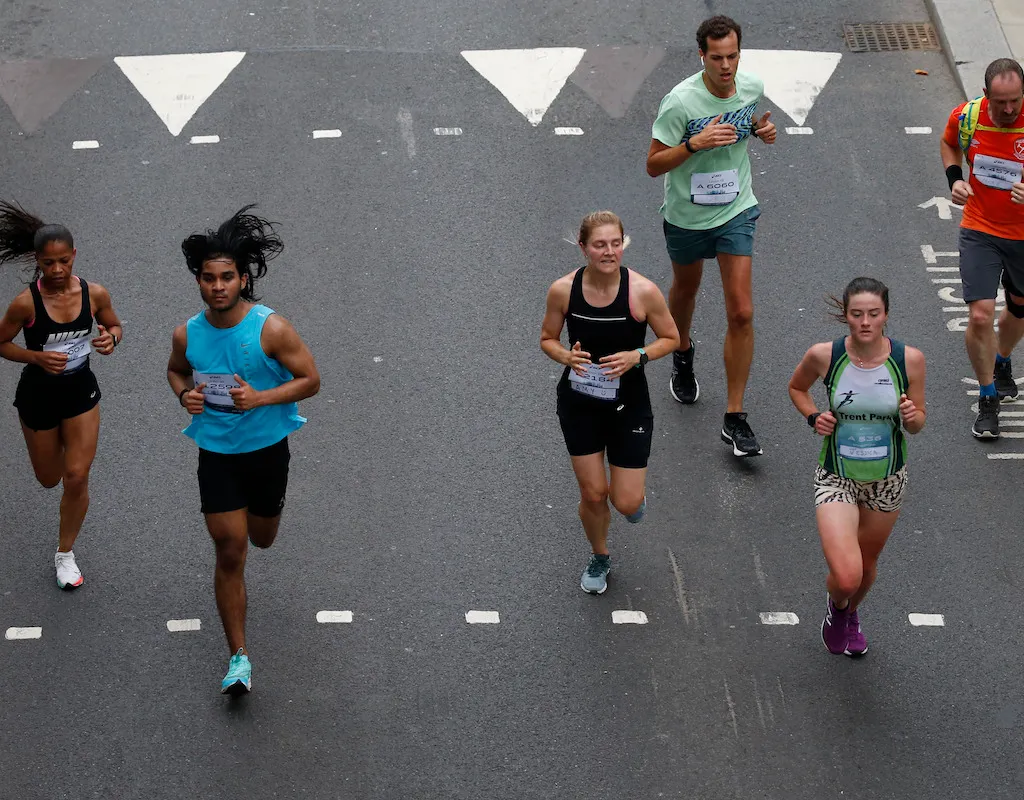
Now that we’ve covered some ‘good’ 10km times, let’s look at some average 10km times.
Once again we’re using the Asics London 10k as a case study, given the huge numbers attending.
There were a total of 7,231 male finishers at the event. To be in the top 10% of them you’d have to finish in 41:30, which works out as a pace of 4:04 per kilometre.
To finish in the top 25% you’d need to cross the line in 46:38, which is a pace of 4:40 per kilometre.
Finally, to be in the top 50% of men, you’d need to finish within 53:31. That equates to a pace of 5:21 per kilometre.
Now for the women’s times… To be in the top 10% you’ll need to finish in 50:05, which is a pace of 5mins per kilometre.
To be in the top 25% you’d be looking for a time of 56:21 and a pace of 5:38 per kilometre, while the time you’ll need for the top 50% would be 1:03:20 or better, with a pace of 6:20 per kilometre.
What’s a good time if the 10km is ran as part of an Olympic triathlon?
You might ask yourself before your first race, or even ahead of your 12th, ‘what’s a good time for a 10km in a triathlon?’
Like a standard 10km run, this isn’t easy to answer because there are many variables which come into consideration.
What type of course is it? How hard was the swim and bike? What are weather conditions like? But also, a good time for who?
Let’s take a deep dive into some factors to consider, as well as average times and targets across the 10km in the sport.
The standard (or Olympic) distance triathlon is a very common format consisting of a 1.5km swim, 40km bike and a 10km run.
How quick are the pros?
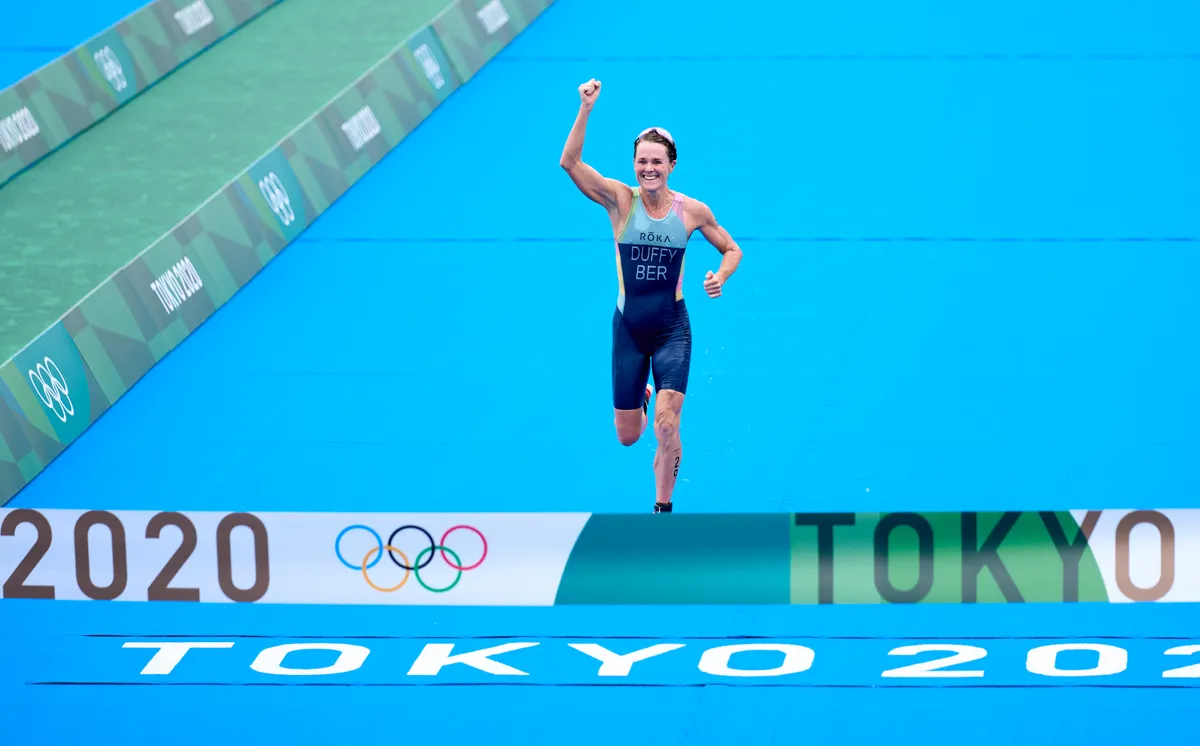
Alistair Brownlee, Kristian Blummenfelt, Gwen Jorgensen and Flora Duffy are our 2016 and 2021 Olympic Champions.
If you’re an amateur, comparing yourself against the best in the sport is probably unrealistic as the times they produce is fast, but it helps add context.
Let’s take the Tokyo Olympics in 2021, where Duffy won the women’s race in 1:55:36 (00:18:32 swim, 1:02:49 bike and 00:33.00 run) and Blummenfelt won the men’s in 1:45:04 (00:18:04, 00:56:19, 00:29.34).
One thing to note is that the weather conditions for the women saw very heavy rain, whereas during the men’s the air temperature rose beyond 33°C.
What would be a good age-grouper time?
If we compare these times with a top-level age group racer, breaking the two-hour barrier would be a brilliant performance.
To achieve this, you’ll likely have swum close to 20 minutes, cycled the 40km time trial in an hour and run around 40 minutes for the 10km on somewhat tired legs!
However, most age groupers will have one discipline that’s weaker than the others.
Also, age-group racing is non-drafting (not allowed to work in groups with one another like in professional racing) on the bike, so you would need to race a really strong bike leg and then back it up with a strong run.
I think a realistic goal would be to try and break the three-hour barrier, which would be a great starting point for most people.
To put some more of it into perspective, if you were aiming to complete the 1.5km swim in 30 minutes, that averages out at 2:00 per 100m.
This will be easy for some and will require quite a bit of swim training for others, depending on your swimming background and confidence in open water etc.
Depending on the course, completing the 40km bike leg in under 90 minutes is a very realistic target for confident riders and averages out at 16 miles per hour.
And finally the run… at this point in the race you’ve already been competing for two hours, so being able to complete the 10km somewhere between 40-60 minutes bring you home in three hours.
For more insight on this, see our article on what makes a good triathlon time.
How can you estimate your 10km time
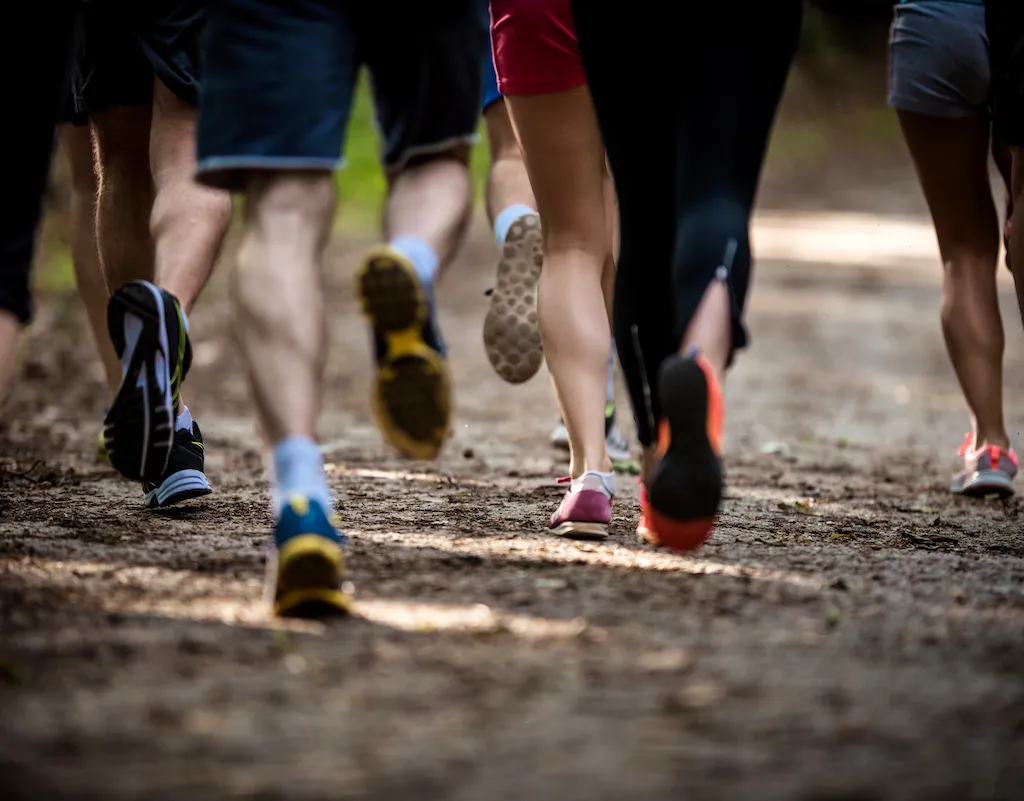
On the most basic level, your 10km pace is the pace you can hold consistently for those 6.2 miles.
If you haven’t run that distance before then there are a couple of different methods for gauging pace.
Use RPE as a guide
The first one is the rate of perceived exertion (RPE), which ranks your effort level on a scale of 0 to 10 (0 being no effort and 10 being max).
Perceived effort is one of the most valuable ways you can figure out what the best pace is for you. It teaches you to rely on your own feel and body rather than all the latest tech.
If you were to be fixated on pace or heart rate it may not be accurate and factors such as elevation, weather and overtraining could affect the outcomes.
Adjust your training pace
Another way is to look at what you have recently run in another race or in training.
In general, your 10km pace will be around 45 to 60 seconds per mile slower than your best 1 mile time or somewhere between 10 and 30 seconds slower than your 5km pace.
Remember, though, that these predictions don’t take in to account race-day elements.
They help to give you an idea of what you might run but cannot take into account how much sleep you had, what you ate before running and weather conditions.
Use a pace calculator or previous performances
Another method to estimate a finishing time is to use a pace calculator.
This is again an easy way to estimate the time it will take you to get to the finish line. You will need to know your typical running pace and input it into the calculator to get your result.
This will obviously be an estimate and it’s possible that you’ll take time off on race day once the adrenaline gets going and you feel inspired and motivated to run faster!
And finally, using past race performances to predict your finish time is also a reliable way to do some guess work.
It can give you a good starting point and something to aim for. For example, if you’ve previously competed in a five-mile race you can work out what pace you ran per mile for that and multiply the number by 6.2 to see what you would do over the 10km distance.
Also, if you have a 5km PB, double it and add on a little (to allow for tiring over longer distance) and you can get a pretty accurate prediction, too!
Looking for some help with your run training? Sign up to Runna and you can access personalised training plans from the likes of pro marathon runner Steph Davis and pro triathlete Beth Potter.
Plus, sign up via this link or use code 220T in the app and you can get a two-week free trial.
Top image credit: Getty Images
